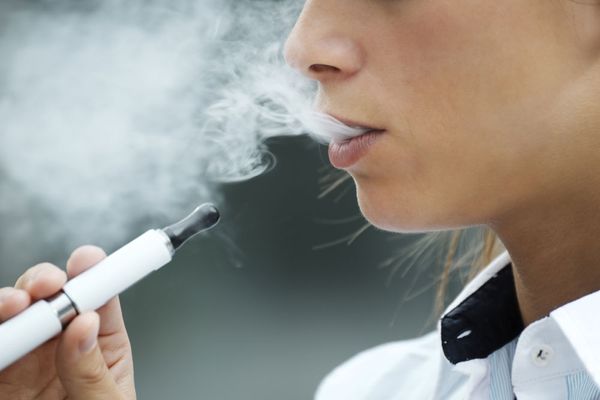A major effort has long been underway to curb the world's use of smoking tobacco. No-smoking signs are common fixtures in many businesses. State and federal laws increasingly restrict where people can smoke, and taxes on cigarettes and other tobacco products are higher than ever. Study after study shows a link between smoking and a host of health problems, including heart disease, lung disease and cancer: 1 in 10 adults -- more than five million per year -- dies from tobacco-related illnesses [source: World Health Organization].
But still, people continue to smoke. According to the American Heart Association, in 2008 an estimated 24.8 million men and 21.1 million women, 23.1 percent and 18.3 percent of the total population, respectively, were smokers [source: American Heart Association]. And despite all of the scientific evidence of tobacco's health dangers, and in the face of millions of dollars' worth of public health advertising, nonsmokers are still being persuaded to take that first drag that can lead to lifelong addiction.
Advertisement
So why do people start smoking? Let's look at 10 reasons why someone might pick up that first cigarette.








